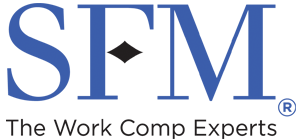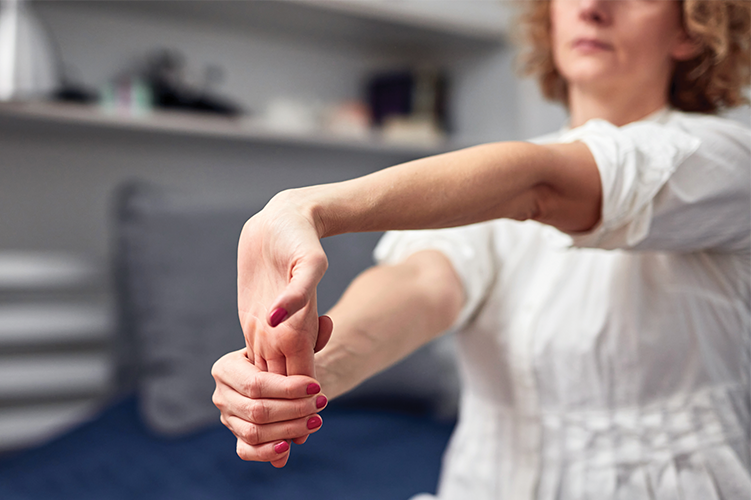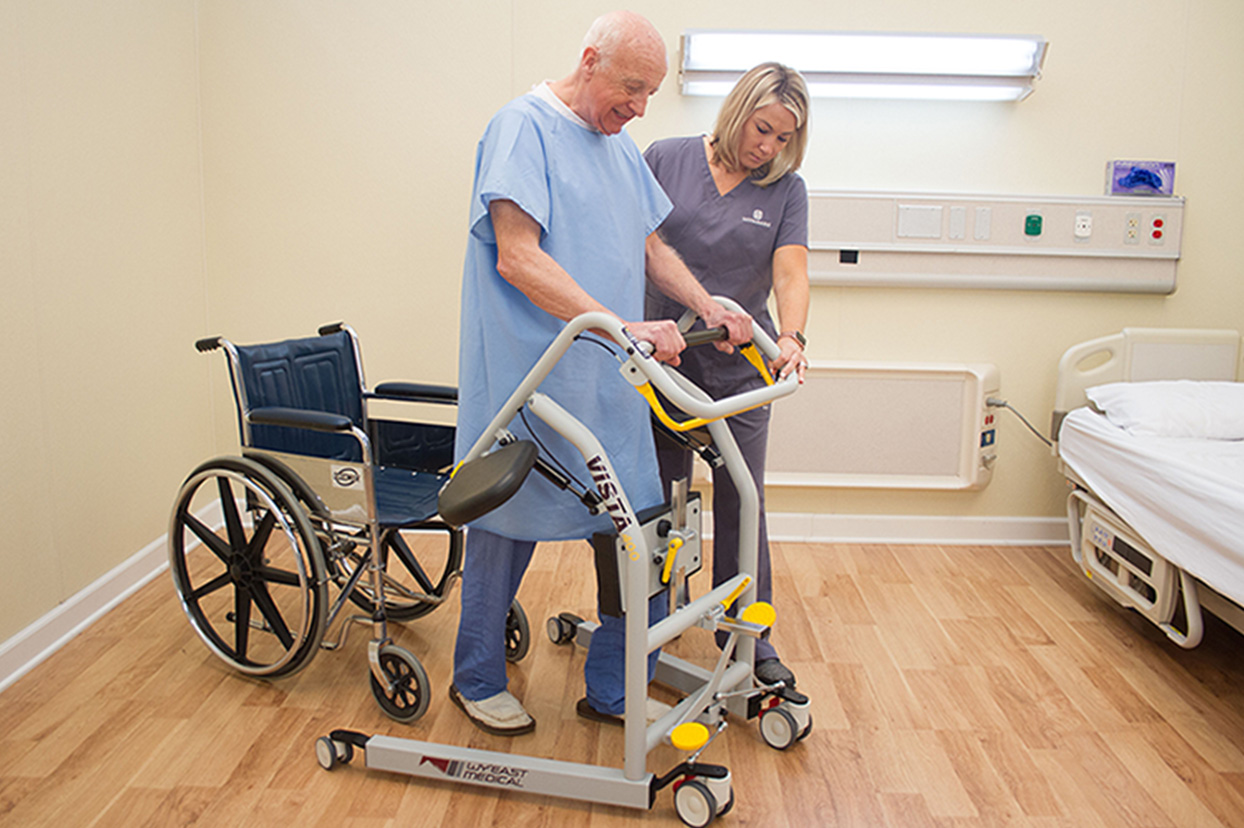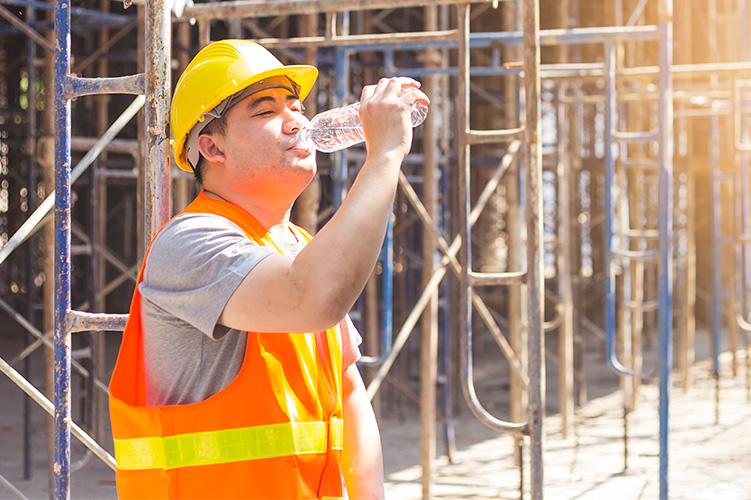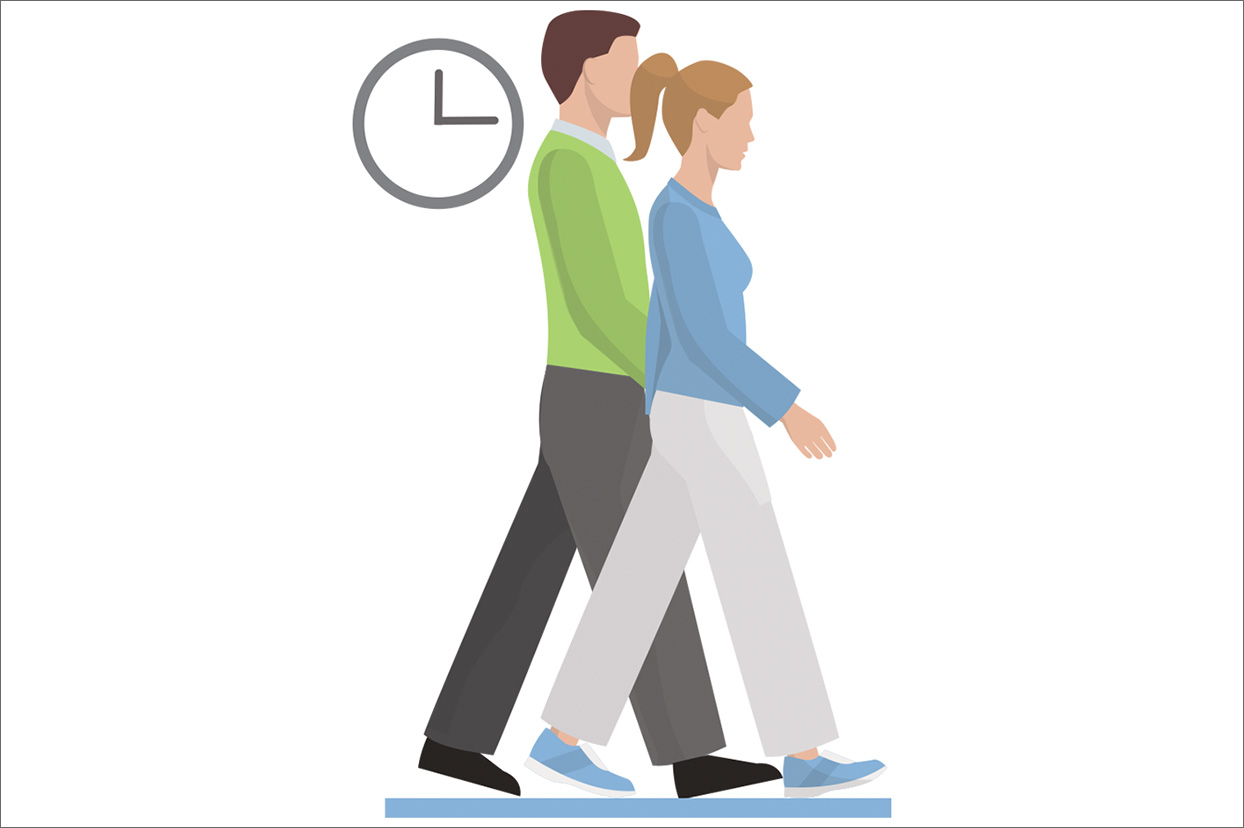April 26, 2023
Ergonomic and safety tips for remote and hybrid employeesWith the shift to remote and hybrid work in recent years, many employers are quickly learning how to support employees in their new work environments. As with in-office workers, remote and hybrid employees are subject to cumulative injuries, which are typically a result of poor ergonomics at their workspace.
